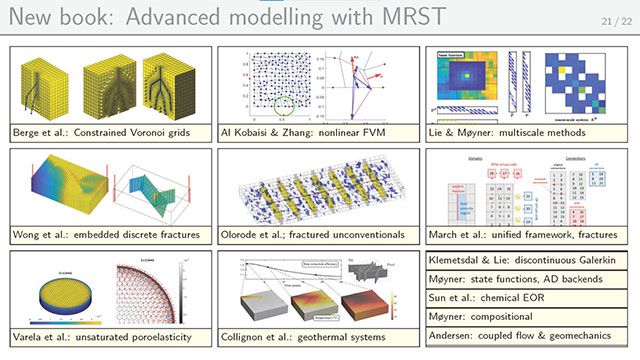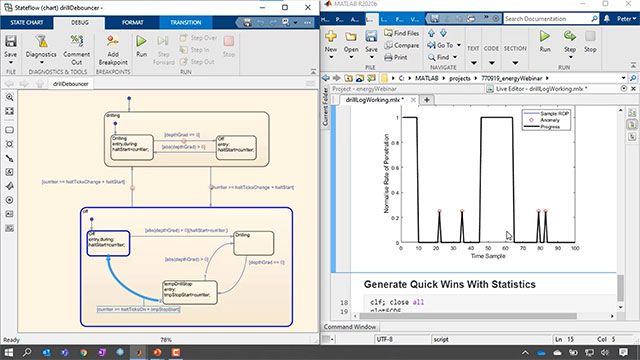Christopher Thiele, Shell International E&P, Inc.
Nishank Saxena, Shell International E&P, Inc.
Detlef Hohl, Shell International E&P, Inc.
Images and image processing are deeply embedded in many business workflows in the energy industry. Shell maintains image stores in excess of 50 PBytes in the form of (e.g.) seismic data, microcomputer tomography (CT) and microscopy images of rocks and catalysts, borehole core and sidewall images, satellite and drone image data and asset surveillance camera data at multiple resolutions, scales and wavelengths. Finding similar images in our large data stores based on content and not metadata is a generic task. Metadata are often out of date, subject to change, or simply not available. Traditional image processing methods such as feature identification work well for small and few images but do not scale to large images or data repositories due to computational demand.
Modern deep learning excels at extracting relevant features from images based on supervised and unsupervised learning “by itself” and with little computational effort. In this contribution we focus on “Digital Rock” technology where scanned images of rocks are analyzed using computer analysis and computer simulation to replace expensive and time-consuming laboratory experiments. Experts often wish to consult existing laboratory and pre-computed simulation results for rock samples similar to newly acquired ones. We discuss how CBIR algorithms can help identify similar rock samples. We explore the challenges that micro-CT pore images pose to CBIR methods, and we evaluate the performance of CBIR algorithms based on traditional feature extraction methods as well as deep learning techniques.
After a comparison of different deep learning architectures and training approaches, we conclude with an outlook on scalable CBIR algorithms and implementations for large collections of three-dimensional pore images. Our CBIR algorithms were implemented using MATLAB's toolboxes for parallel computing, deep learning, and image processing. The MATLAB platform allowed us to efficiently develop and compare numerous algorithms and ideas in an interactive, GPU-accelerated environment.






















